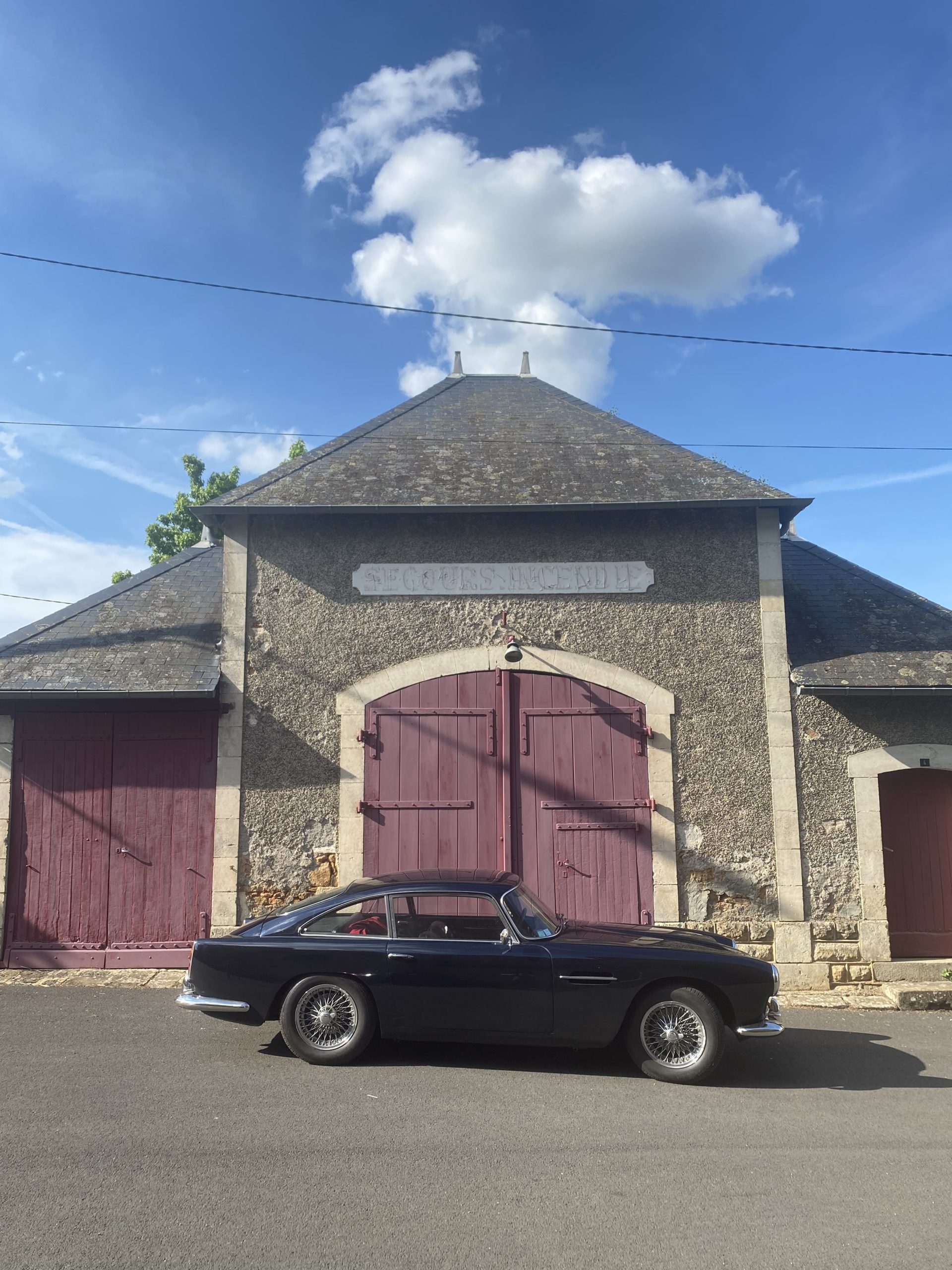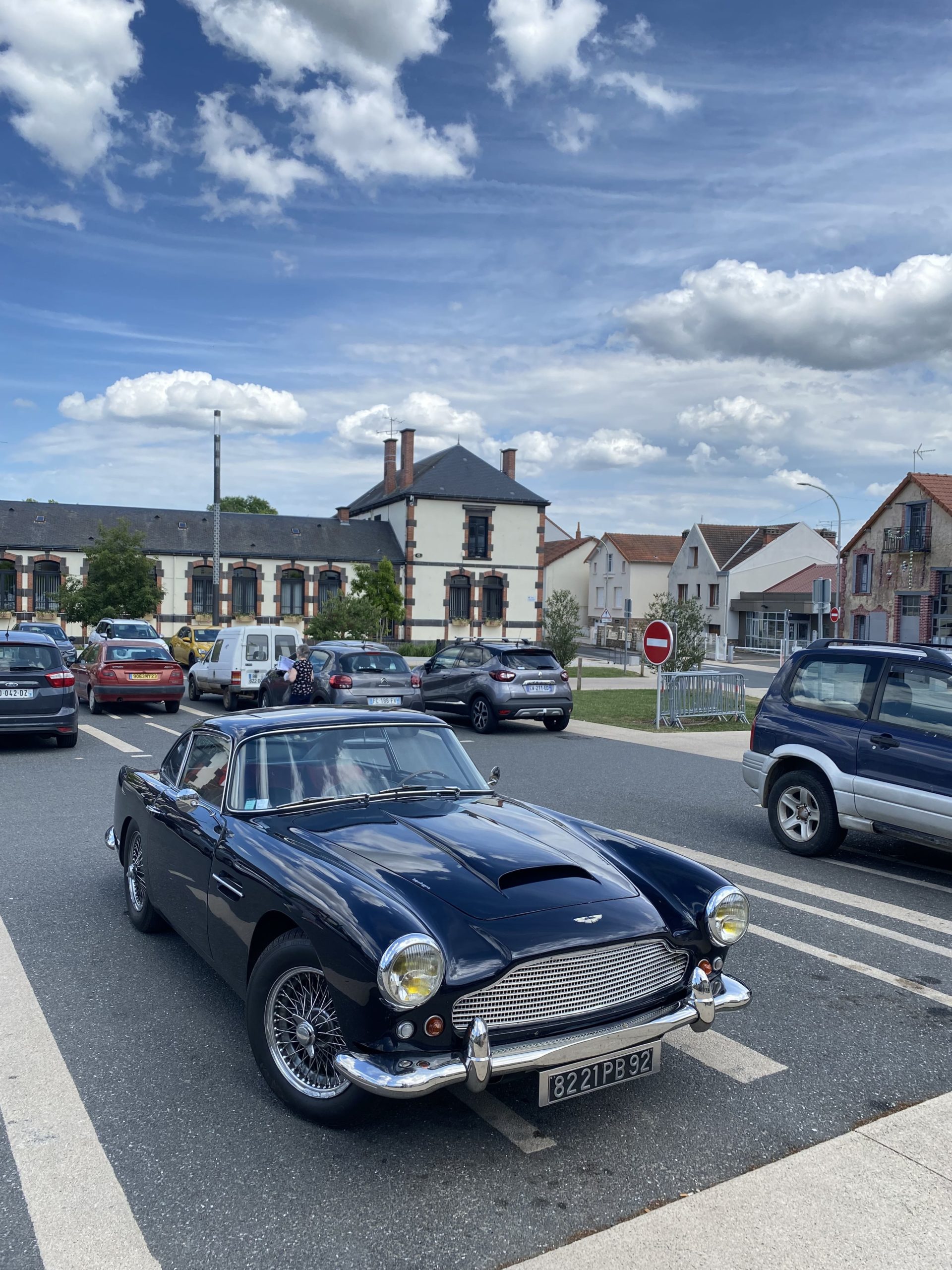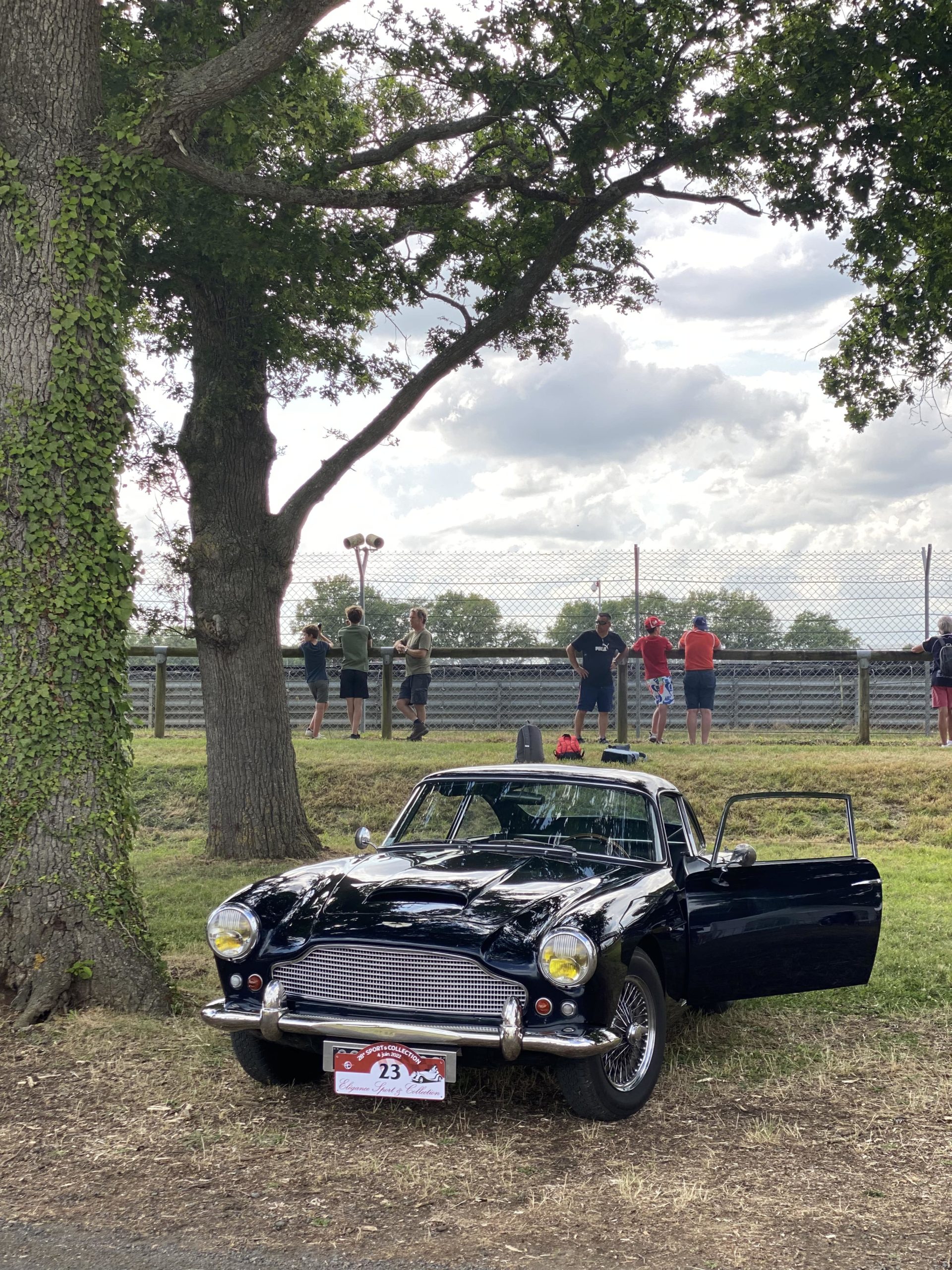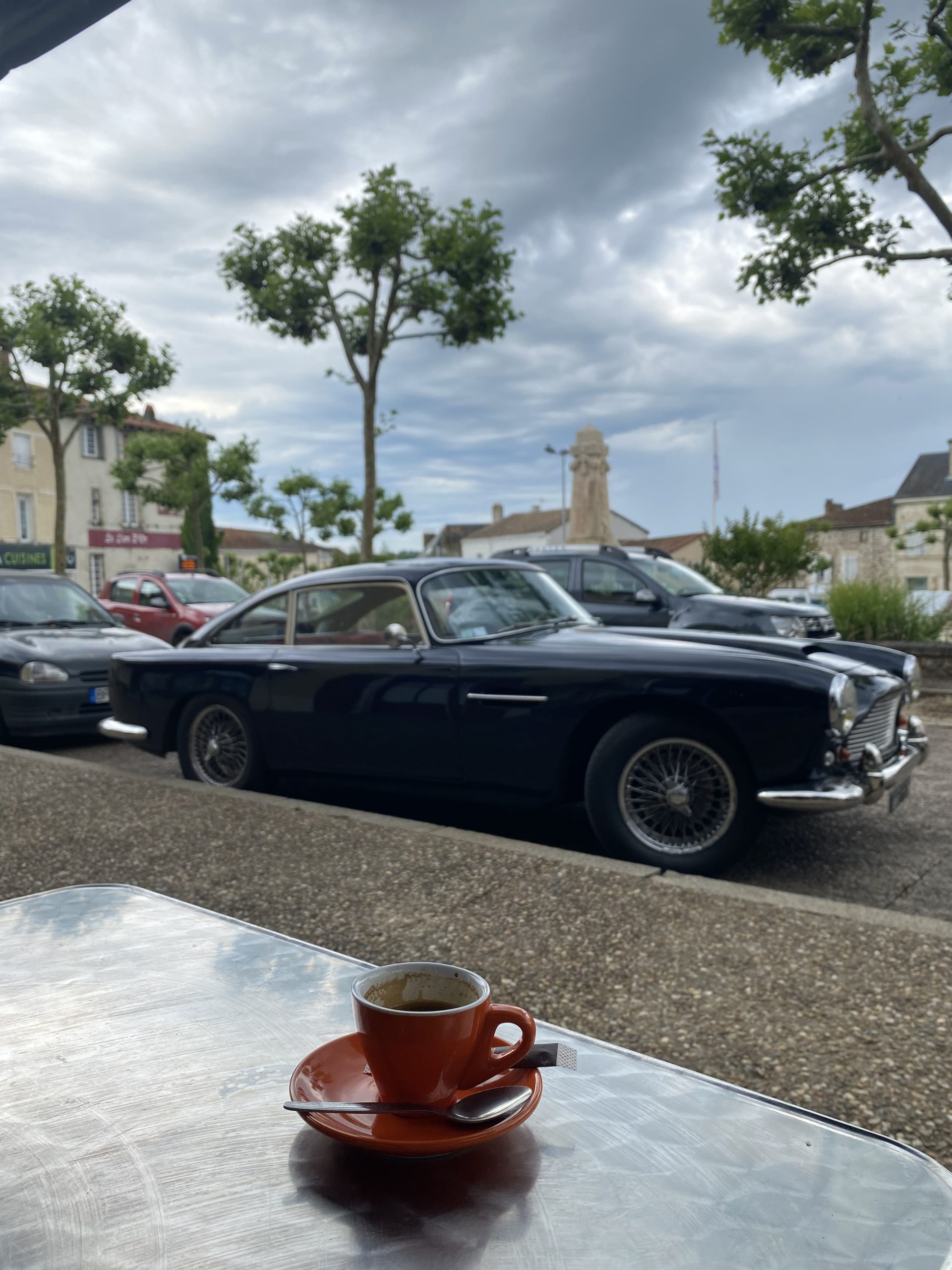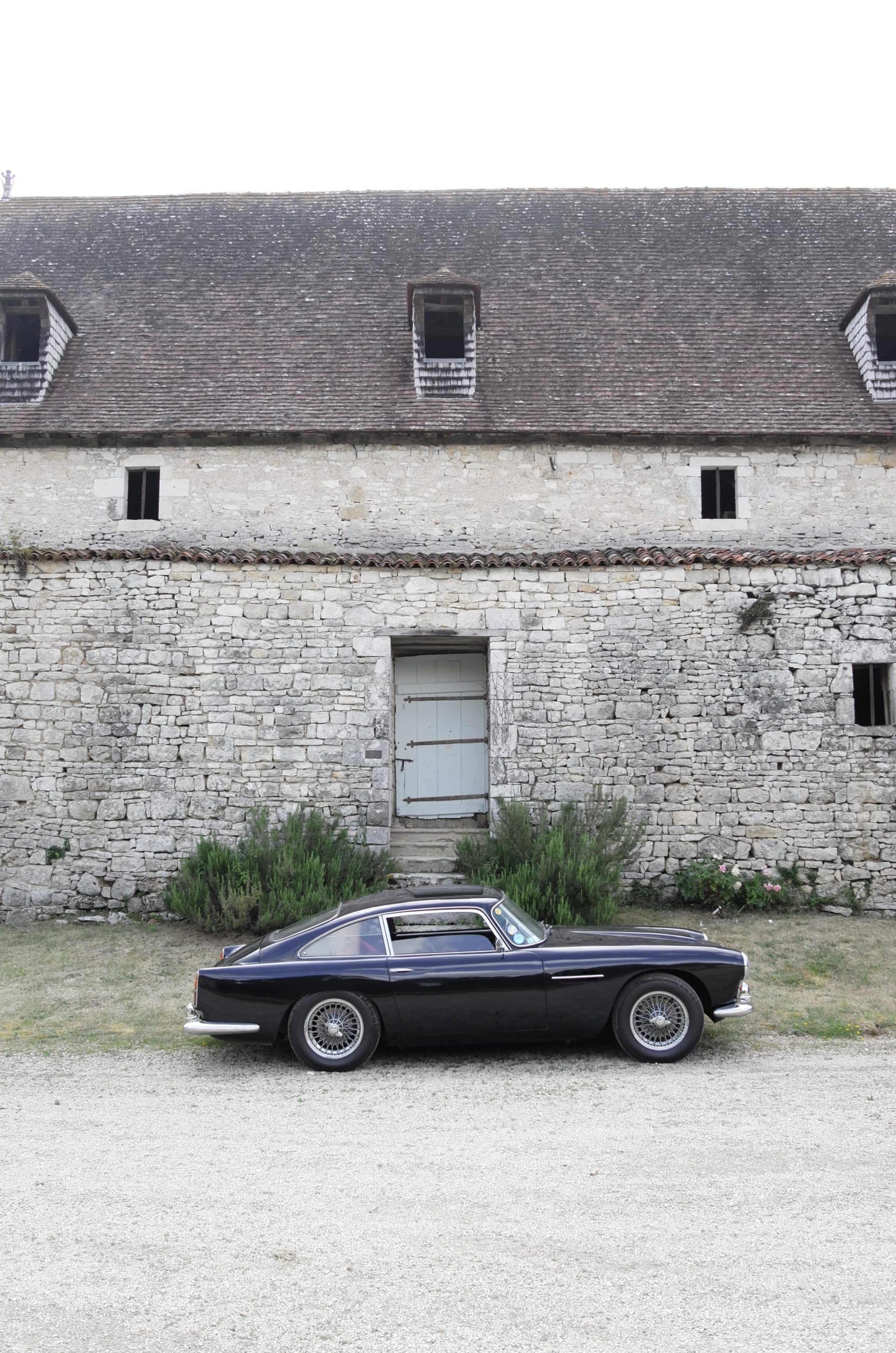Aston Martin DB4 - 1959
— A milestone in the history of Aston Martin —- Model An early Aston Martin DB4 and a rare LHD version
- History A car sold new in France by Mirabeau Garage
- We love A French car from the start with a superb patina
- A remarkable car An iconic Aston Martin that paved the way for the DB4GT racing cars and foreshadowed the DB5, celebrated in films and around the world
- Motor The torquey, high-performance six-cylinder engine makes it ideal for grand touring
A masterpiece of British engineering and of Italian styling, the DB4, with its elegant, perfectly proportioned lines designed by Touring, is certainly the most admired post-war Aston Martin. Designed as an entirely new car under David Brown’s supervision, the DB4 is also known for being the first car ever made in Newport Pagnell factory. Featuring many technical innovations, starting with its all-new alloy engine and disc brakes, the DB4 was undoubtedly a very important milestone in the company’s history. The DB4 has inaugurated the most significant lineage of cars for Aston Martin as it precedes the DB5 and the DB6. The DB5 will of course forever remain associated with another British icon: James Bond.
An elegant car ahead of its time
From its introduction in October 1958, the Aston Martin DB4 was ahead of its time with an all-new steel platform chassis designed by Harold Beech With its independent front suspension and direct rear axle, the car offered superb handling. Similarly, the four-wheel disc brakes and rack-and-pinion steering were real innovations for a production car and set the Newport Pagnell-based marque apart from its great Italian rival, Ferrari, which eventually adopted such technical refinements years later.
The new in-house engine, the first not designed by W.O. Bentley, was no slouch, as the 3.7-litre alloy in-line six, originally created by Tadek Marek for the formidable DBR2, offered torque and performance. The new in-house engine, the first not designed by W.O. Bentley, was no slouch, as the 3.7-litre alloy in-line six, originally created by Tadek Marek for the formidable DBR2, offered torque and performance. Finally, the all-new four-speed synchromesh gearbox made for a fast and smooth ride.
Finally, the all-new four-speed synchromesh gearbox made for a fast and smooth ride. The Superleggera process of small-diameter steel tube skeletons covered by hand-formed aluminium alloy body panels, usually associated with Ferrari, Alfa Romeo and Lancia cars, was also de rigueur for the DB4. Aston Martin at Newport Pagnell produced the DB4’s bodywork under licence from Touring.
Each of the five series of the Aston Martin DB4 produced between 1958 and 1963 – an unofficial classification created by the Aston Martin Owners Club (AMOC) – is distinguished by stylistic variants, some of them being quite subtle! For instance, the DB4 Series 1 and 2 are characterised by their one-piece ‘cathedral’ rear lights, already seen on the Aston Martin DB MKIII which preceded the DB4 with a much more classical design. It should be noted that the pure cathedral taillights were dropped from the DB4 Series III onwards.
It should be noted that the pure cathedral taillights were dropped from the DB4 Series III onwards. The DB4 GT Zagato, designed by the young designer Ercole Spada, struck a chord with the public with its muscular lines of rare beauty.
TheAston Martin DB4 from the ANNA LISA collection, a French car.
Sold new in France where it was delivered by the local importer, Paris- Mirabeau Garage in left-hand drive, our Aston Martin is an early Series 2 car.
Early on, the car was fitted with three SU carburettors instead of two, a feature that earned it the title of DB4 Vantage in the 80s, even though the “Vantage” denomination actually appeared in 1961 for 250bhp DB4s equipped with three carburettors and enlarged valves offering a higher compression ratio.
Once repainted in red, Lecoq restored the car in the 1980s where it was painted in the dark blue colour we still know today. Never repainted since then, it changed hands in 1989, where it remained with the same owner for 30 years. It was notably seen on the 2010 edition of the Tour Auto between Paris and Beaulieu Sur Mer It was notably seen on the 2010 edition of the Tour Auto between Paris and Beaulieu Sur Mer
Now back on the road, our ambition is to return to the programme for which the DB4 was designed: fast, chic grand touring. A first journey through France from Lyon to the Vienne area near Poitiers proved very successful and memorable!
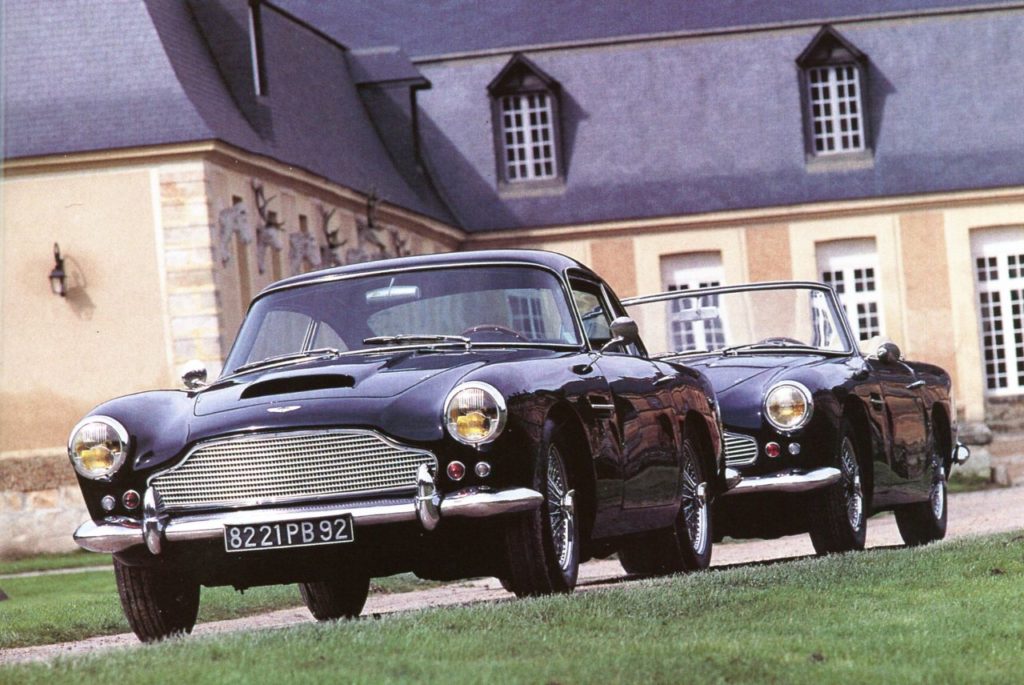
AUTOMOBILES CLASSIQUES OCT _ NOV 1990
